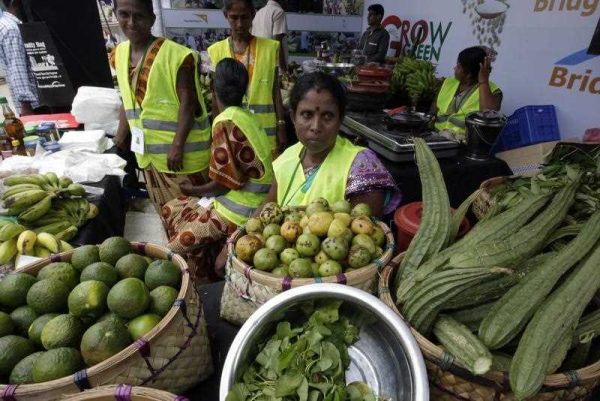Despite growing signs of economic stress on multiple fronts — a dip in GDP growth, rising pressure on the currency and deteriorating public finances — policy attention has stayed stubbornly focused on politics since the presidential elections in January 2015. After the hiatus of parliamentary elections in August 2015, the much awaited clarity on economic policy failed to materialise. The government’s first full budget, presented in November 2015, was an ungainly mix of proposals that floundered under continuous revisions and was ultimately diluted beyond recognition.
Sri Lanka’s precarious fiscal situation is at the root of the country’s current economic ills. Robust GDP growth helped mask systemic weaknesses in public finances, but as growth slows, Sri Lanka risks a debt spiral. The estimated budget deficit in 2015 shot up to 7.2 per cent of GDP from 6 per cent in the previous year. Election-related largesse that dished out wage and pension increases to Sri Lanka’s already bloated public sector is partly to blame. But a failure to tackle weak revenue generation is the bigger problem.
Sri Lanka faces an impending revenue crunch, with tax revenues declining progressively to less than 12 per cent of GDP in 2015. Rather than ad hoc adjustments to stave off a crisis, meaningful reforms to improve tax administration, broaden the tax base and eliminate a range of tax loopholes are high on the IMF agenda for a bailout package. The end result will be a jump in the tax burden.
Clearly, lower economic growth and tight budgets do not make this the ideal moment for tax reform. But the government faces hard choices and must signal its commitment to tackle them. The IMF is unlikely to give away anything until Sri Lanka produces a convincingly reworked budget aimed at fiscal consolidation.
And what Sri Lanka needs most right now is a loan from the IMF. An IMF line of credit will help shore up the country’s dwindling foreign exchange reserves. The likelihood that Sri Lanka will issue sovereign bonds any time soon, as it did to the tune of US$2.2 billion in 2015, is fading with a revised sovereign risk rating. Fitch and Standard & Poor’s both downgraded Sri Lanka’s outlook in March 2016. Foreign investors had already been pulling out of government securities, recording a net outflow of US$1.1 billion in 2015 compared to US$113 million a year earlier.
Policymakers hope that an IMF program will generate stimulative benefits, raising the confidence of investors and businesses that government finances will be put on a more stable path. At the same time, it can persuade jittery international markets that the economy will be better prepared to face the latest risks of global economic turmoil. The sharp drop in oil prices is helping to turn around Sri Lanka’s external current account, but remittance earnings are being hit hard, while export earnings remain in negative territory.
The impact of global developments — not only through trade flows, but also because of financial and investment links — is only one side of the story. More compelling is the government’s capitulation to reform inertia. The perception is that a firm hand on steering the economy has been sorely lacking in the first year of office.
The transition period has been marked not so much by a period of risk-avoidance and caution as much as policy indecision and brinkmanship. This is perhaps not surprising given the awkward partnership of a national unity government bringing two arch political adversaries — a section of the Sri Lanka Freedom Party (SLFP) led by the president and the United National Party (UNP) led by the prime minister — into an uneasy alliance.
The most optimistic prospect is that the ‘discipline’ of an IMF program will bring about a fiscal overhaul, and in time, allow the government to push ahead faster with ‘structural reforms’ — a catch-all phrase for a wide variety of policies needed to raise productivity and competitiveness in order to shift the balance in the Sri Lankan economy away from consumption and towards investment.
The first order of business has been to revamp taxes, such as value-added tax, and reintroduce taxes on capital gains ahead of formal discussions with the IMF. Higher taxes combined with the recent tightening of monetary policy will be a drag on growth in the near term. At the same time, rising prices will hit ordinary people. The gloomy news on the economic front may take a toll on the government; it will have to use all its political acumen to adroitly manage the time between when painful reforms are implemented and any expected benefits begin to be felt.
Dushni Weerakoon is Deputy Director at the Institute of Policy Studies of Sri Lanka.

